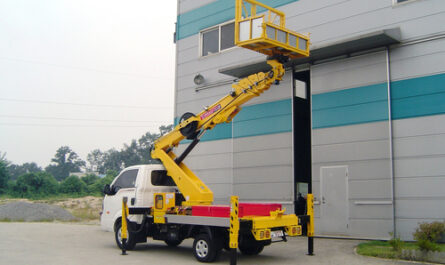Mining has traditionally been an industry that relies heavily on human labor and machinery to extract valuable resources from the earth. However, technological advances are allowing mines to become increasingly automated through the use of smart systems and artificial intelligence. This “smart mining” approach promises to revolutionize how we extract minerals and metals in a more efficient, cost-effective and safe manner.
Introduction to Smart Mining
Smart mining utilizes digital technologies like sensors, autonomous vehicles, drones, robots, artificial intelligence and advanced analytics to optimize mining operations. The goal is to automate processes that were previously done manually to improve productivity, reduce costs and enhance safety. By collecting vast amounts of data from across mine sites, smart systems can monitor equipment, detect anomalies, predict maintenance needs and optimize extraction in real-time.
For example, smart mining uses autonomous haul trucks that operate without a human driver to transport materials within mines. Sensors allow these trucks to navigate themselves while avoiding collisions. Drone technologies enable remote inspection of areas too hazardous for people. And automated workshops employ robotics to service and repair mining equipment without human interaction. When combined with real-time analytics, these smart systems deliver unprecedented visibility into mining operations.
Benefits of Increased Automation
Productivity and Cost Savings
One of the primary benefits of smart mining is increased productivity through automation. Autonomous trucks and other autonomous equipment can operate 24/7 without breaks, significantly improving haul cycles. analytics also help optimize extraction routes and schedules.
Remote operation technologies remove humans from dangerous areas like pit walls and stockpiles. This allows for round-the-clock operations even when conditions are too hazardous. Overall equipment effectiveness improves as smart systems experience less breakdowns and require less maintenance.
All these factors contribute to major cost savings. Smart Mining giants like Rio Tinto estimate 30% reductions in operating costs through smart mine initiatives. Automation also improves overall recoveries by precisely targeting high grade areas and minimizing dilution.
Safety Advantages
Another key benefit is enhanced safety. With fewer humans exposed to risks underground or at the pit face, the potential for accidents is greatly reduced. Remote operation removes operators from harm’s way during high-risk activities like explosive blasting. Autonomous equipment also eliminates human error as a cause of vehicle collisions or rollovers.
Real-time equipment tracking and remote health monitoring helps detect issues before they result in incidents. AI and predictive analytics can also identify risk factors to proactively mitigate hazards. The safer conditions created through smart mining attract and retain top talent in what is already a rapidly aging workforce.
Environmental Sustainability
Smart mining technologies promote more environmentally sustainable practices. Precise extraction enabled by automation and IoT reduces over-mining and wasted resources. This lowers the surface footprint, carbon emissions and environmental impact per unit of production.
Remote sensing tools empower environmental compliance through continuous air, water and ground monitoring. Any issues can be detected and addressed promptly before causing lasting damage. And renewable energy sources like solar arrays help power some smart mining operations to further shrink the carbon footprint.
Huge Upfront Investments Required
While the long term cost benefits are substantial, the transition to smart mining requires significant upfront capital. Retrofitting existing sites and purchasing autonomous equipment, sensors, infrastructure and advanced analytics platforms is extremely expensive. Return on investments may take years to realize depending on the scale of deployment.
Technological Challenges
Ensuring seamless integration of different systems from various vendors is challenging. Operational and communications networks must function reliably in rugged conditions to support autonomous operations. Machine learning and AI algorithms also require volumes of high quality operational data for effective training – which mines are only starting to accumulate.
Reliability and Cybersecurity Risks
The technology employed must demonstrate reliability equivalent to human crews under all conditions to be commercially viable. Downtime is costly. Cybersecurity is also a concern as mines become increasingly connected. Hackers or errors could potentially disrupt critical systems or equipment.
Resistance to Change from Workforce
Significant retraining and reskilling of current human workers will be needed as tasks become automated. This transition causes reluctance, as does the threat of long-term job losses. Strong change management and skills development programs are required for successful smart initiatives.


